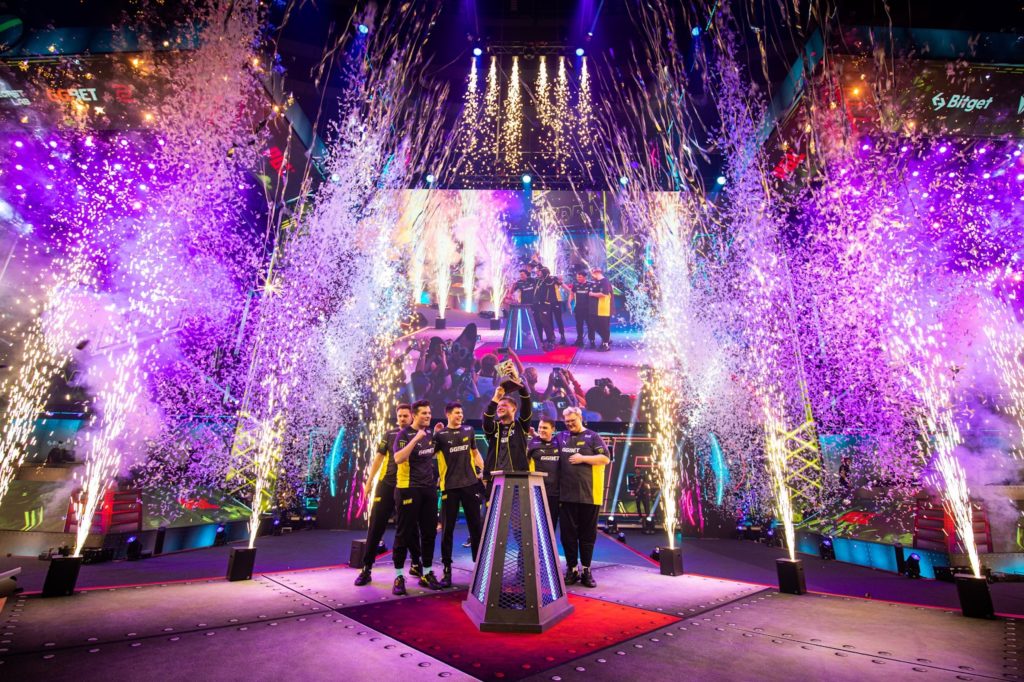Esports, a form of competition using video games, has rapidly evolved from niche beginnings to become a mainstream phenomenon, captivating millions of fans worldwide and transforming the gaming hobby into a lucrative professional sport. It’s as much a recognized sport as any other traditional sport like football or baseball and will only continue to grow in popularity as more and more gamers are drawn to the enticing action. In a similar fashion, it even has a modest betting scene, with people using sites like Betfred eSports Review to find online locales where they can place wagers on their favorite matches. But alas, that is the modern day, and Esports has come a long way since its beginning. This article explores the history of esports, tracing its roots and examining the factors behind its recent surge in popularity.
The Early Days
The inception of esports can be traced back to the early 1970s. One of the first recorded video game competitions took place in 1972 at Stanford University for the game Spacewar, a space combat game that laid the groundwork for the competitive gaming scene. However, it wasn’t until the 1980s, with the advent of arcade gaming, that video game competitions began to resemble the esports events of today. Notably, the 1980 Space Invaders Championship, which attracted over 10,000 participants across the United States, marked a significant milestone in the evolution of competitive gaming, demonstrating its potential to draw large audiences.
The 1990s: The Birth of Modern Esports
The 1990s saw the birth of modern esports with the rise of the internet and multiplayer gaming. Games like “Doom” and “Quake” were at the forefront, offering online competitive modes that allowed players from different locations to compete against each other—this period also established some of the first major esports organizations and tournaments, such as the Cyberathlete Professional League (CPL) in 1997, laying the foundation for the structured competitive scene we see today.
The 2000s: Expansion and Professionalization
The turn of the millennium witnessed significant expansion and professionalization in esports. South Korea, in particular, played a pivotal role in this development, launching dedicated esports channels and establishing the Korean e-Sports Association (KeSPA) in 2000. The game “StarCraft: Brood War” became a national phenomenon in South Korea, its competitive scene drawing large television audiences and spawning professional players who were celebrated like traditional sports stars.
During this period, the infrastructure of esports continued to grow with the introduction of international tournaments such as the World Cyber Games (WCG) and the Electronic Sports World Cup (ESWC), which offered significant prize pools and attracted competitors from around the globe to truly become a mainstream phenomenon.

The 2010s: Mainstream Acceptance and the Surge in Popularity
The 2010s marked a turning point for esports, with its surge into mainstream popularity. This era was characterized by the rise of live streaming platforms like Twitch, which allowed millions of viewers to watch esports competitions in real time, fostering a global community of fans and players. The accessibility and availability of streaming contributed significantly to esports’ explosive growth, making it easier for fans to follow their favorite teams and players and for players to build their brands.
Franchises such as “League of Legends,” “Dota 2,” and “Counter-Strike: Global Offensive” became cornerstones of the competitive gaming scene. Their tournaments draw massive global audiences and offer unprecedented prize pools, sometimes in the tens of millions of dollars. The International, Dota 2’s premier championship, and the League of Legends World Championship are prime examples of esports tournaments that have achieved significant cultural and economic impact.
Recent Developments
In recent years, esports has continued to break boundaries, with traditional sports teams and celebrities investing in esports franchises and universities offering scholarships for esports athletes. The industry has also seen increased collaboration with mainstream media and entertainment, further solidifying its place in popular culture. The purses have increased in size year after year, as has the viewer count. Thanks to mainstream attention, tournaments are constantly being held around the globe for a wide variety of games, from monster IPs like Counter-Strike to mobile games like Clash of Clans. The Esports scene is certainly here to stay, and it’s interesting to consider what might be next for gamers worldwide.
Conclusion
The history of esports is a testament to the transformative power of technology and the universal appeal of competitive play. From humble beginnings to a global mainstream phenomenon, esports has carved out a significant space in both the digital and physical worlds. Its recent surge in popularity is not just a phase but a reflection of changing attitudes towards gaming and entertainment. As esports continues to evolve and expand, it promises to redefine the boundaries of sports, community, and entertainment.







